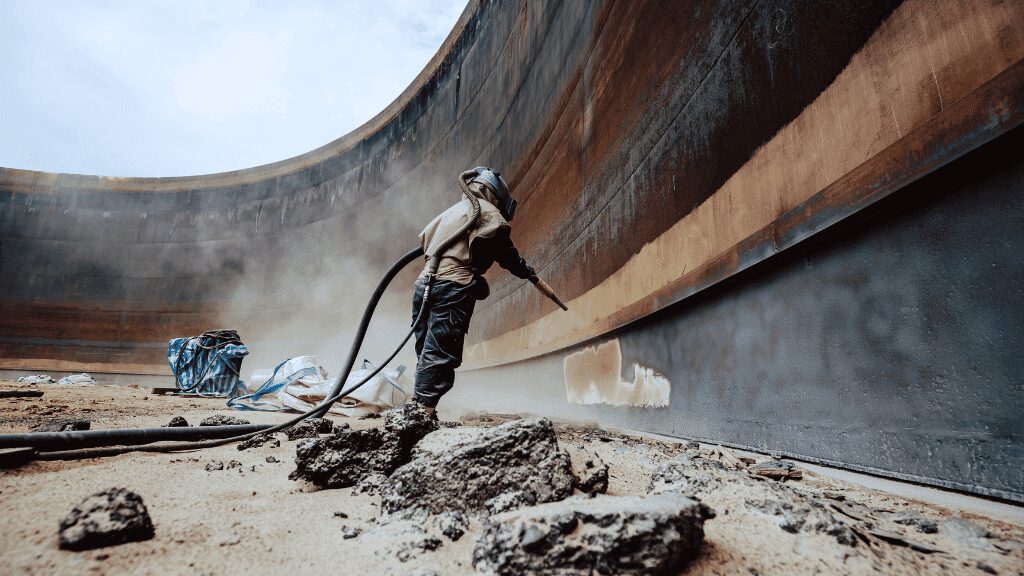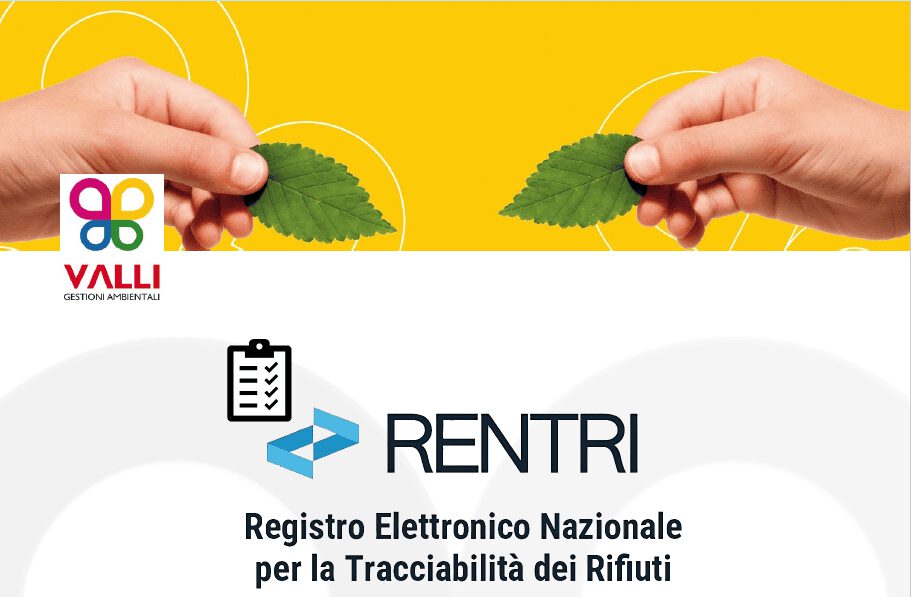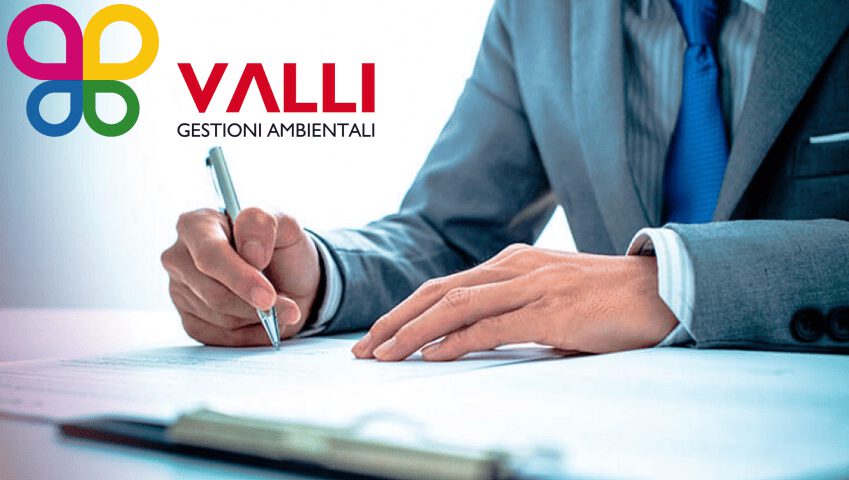Today we are talking about how the remediation of a polluted site works. Ecological awareness and the search for sustainable practices occupy an increasingly central place in society, which is why the purification of contaminated areas emerges as a fundamental chapter in the narrative of a greener and healthier tomorrow.
It is a mission, crucial to restore the balance between man and nature, it stands as an essential goal in the collective path towards the protection of the planet.
This process, essential for the rehabilitation of areas compromised by harmful substances, is essential not only for the protection of public health but also for the regeneration of spaces intended for new life.
In this article, we will explore together how the remediation of a polluted site works, immersing ourselves in the regulations governing this intervention, the methodologies applied, the costs and the criteria that determine the choice of technologies used.
When remediation is mandatory: Legislation
The legislation that regulates the remediation of polluted sites is a fundamental component in the environmental recovery process, representing the bridge between awareness of a problem and concrete action to solve it. The primary purpose of remediation legislation is to clearly identify when and how to intervene in areas compromised by harmful substances, outlining responsibilities and procedures. The goal is twofold: on the one hand, to protect public health and, on the other, to safeguard the environment for present and future generations.
The remediation of a polluted site becomes mandatory when there are contaminants that exceed the limits established by law and pose a risk to human health or the environment.
This need is realized through two main ways:
- Contamination identification: Through specific investigations, such as soil, groundwater and air analysis, the presence and concentration of pollutants is determined. If these exceed the levels considered safe by current regulations, the declaration of a contaminated site is carried out, which starts the remediation process.
- Regulations and guidelines: In Italy, as in many other countries, there are precise laws that establish the criteria for mandatory remediation. The most relevant law in this area is Law 152/06, which together with other decrees and regulations, details the procedures to be followed for the characterization, safety, remediation and monitoring of contaminated sites.
Responsibility for remediation is generally attributed to the polluter (polluter pays) or, in some cases, to the owner of the contaminated area. This often raises complex legal issues, especially when the polluters are not easily identifiable or when the areas in question have changed ownership after the pollution.
The steps leading up to mandatory remediation include:
- Reporting and identification of the contaminated area: Any suspicion of contamination must be reported to the competent authorities, who will initiate preliminary investigations.
- Characterization and risk assessment: A detailed assessment is carried out to define the extent of contamination and the level of associated risk.
- Remediation design and implementation: Based on the data collected, a remediation plan is drawn up that may include different techniques, from physical to chemical or biological, adapted to the specificity of the case.
The importance of complying with regulatory obligations lies not only in the need to comply with the law, but also in the desire to return safe and livable spaces to the community. Reclamation, therefore, becomes an investment in the future, a step forward towards the reconquest of territories that negligence or neglect had compromised, allowing them to return to being precious resources for everyone.
How the reclamation of a territory works
The remediation of a contaminated area is a complex process that develops through several phases, from the initial assessment to the actual implementation of the decontamination interventions. Here are the main steps in the process:
- Preliminary assessment: consists of collecting data and information on the area to be remediated, with the aim of identifying the pollutants present and assessing the extent of contamination.
- Site characterization: through detailed analysis of soil, water and air, pollution levels are defined and the most critical areas are mapped.
- Design of the intervention: in this phase, the most suitable remediation techniques are defined for the type of contamination and the specific context of the area concerned.
- Implementation of interventions: includes physical, chemical or biological decontamination activities, depending on the strategy adopted.
- Post-remediation monitoring: once the interventions have been completed, the site is monitored to verify the effectiveness of the remediation and ensure that there are no residual risks to the environment or health.
This process ensures that each polluted site is addressed with a tailor-made approach, capable of effectively solving the pollution problem.
Remediation of polluted sites law 152/06
Law 152 of 2006, known as the “Environmental Code”, is the main regulatory reference for the management and remediation of polluted sites in Italy. It establishes the principles and procedures for the identification, safety, remediation and monitoring of contaminated sites, with a particular focus on the protection of human health and the protection of the environment. Thanks to this law, it is possible to have a clear and organic picture of the responsibilities and actions to be taken to effectively address the problem of polluted sites.
The Environmental Code emphasizes the importance of a preventive approach and responsible management of hazardous substances, highlighting how the remediation of contaminated sites represents a fundamental action not only for environmental recovery but also for the sustainable development of the territory.
Through the implementation of this law, those involved in the remediation are required to follow standardized procedures and comply with strict safety criteria, thus ensuring effective and lasting interventions. In addition, Law 152/06 promotes the involvement of local communities in decision-making processes, ensuring transparency and public participation in the planning and implementation phases of remediation interventions.
How much does it cost to remediate polluted land?
The cost of remediating polluted land can vary significantly depending on several factors, such as the size of the area to be treated, the type and amount of pollutants present, as well as the decontamination techniques chosen.
In general, costs can range from a few thousand euros for small areas with limited contamination, up to millions of euros for large, severely polluted industrial sites. It is important to underline that, although the economic burden may seem high, remediation interventions represent a crucial investment for public health and for the regeneration of the environment.
To obtain an accurate cost estimate, it is essential to carry out a thorough site assessment, including detailed analyses of pollutants and the environmental context. This allows you to choose the most effective and cost-effective remediation methodologies, thus optimizing the resources available to achieve decontamination goals.
What are the parameters for classifying the technology to be used for land reclamation?
The choice of technology for the remediation of polluted land depends on a series of key parameters that help define the most effective and efficient approach. These parameters include:
- Type of pollutant: different substances require specific approaches for their removal or neutralization.
- Depth of contamination: affects the choice between in situ (on-site) or ex situ (off-site) techniques.
- Extent of the contaminated area: Determine the scale of interventions and the resources needed.
- Sensitivity of the surrounding environment: areas with high ecological sensitivity may require less invasive remediation techniques.
- Regulatory and safety constraints: Local and national regulations can influence the selection of eligible technologies.
- Available budget: the financial resources available can limit or direct the choice towards more or less expensive solutions.
The evaluation of these parameters allows professionals in the sector to design tailor-made interventions, capable of guaranteeing maximum effectiveness while respecting the environment and current regulations. The remediation of polluted sites, through an informed and responsible approach, represents a fundamental step towards the protection of our planet and the protection of the health of future generations.
Reclamation of polluted land: rely on Valli Gestioni Ambientali
Discover Valli Gestioni Ambientali, the cutting-edge company in the waste disposal and recovery sector. With two strategic plants in Gorlago (BG), we cover not only the main cities of the North, but also the Center and South of Italy, offering specialized services directly or through authorized subcontractors.
Since 2002 Valli Gestioni Ambientali has also been operating in the field of environmental remediation, having special registration in the National Register of Environmental Managers for category 9 (site remediation), our services range from Eternit Disposal to Special Waste Disposal.
Thanks to our integrated management system, we ensure not only maximum operational efficiency, but also a positive environmental impact and cost reduction for our customers.
Valli Gestioni Ambientali is committed to addressing some of the toughest challenges in waste disposal management. With proper facilities and highly trained personnel, we ensure excellent service and tangible environmental benefit for all our operations.
Choose the quality and reliability of Valli Gestioni Ambientali for responsible waste management.
If you are looking for a company that deals with waste disposal, fill out the form to be contacted by an expert as soon as possible!




